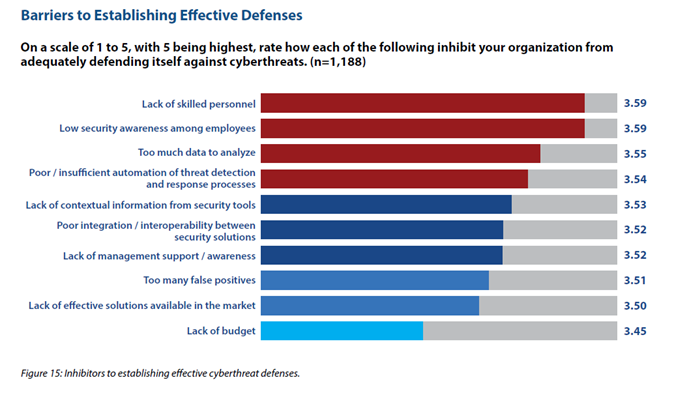Elisabetta Delponte, Konica Minolta – Cyberattacks have never been more successful than in the last year, and for 2020 an alarming increase of cybercrimes is expected, factoring in the surge of critical IT assaults that arose with the spread of COVID-19. And in a world where the enormous capabilities of artificial intelligence (AI) and machine learning (ML) are continuously growing, the potential for attackers to exploit them cannot be ignored.
Greater IT complexity and more cyberattacks call for augmenting intelligence
In 2019, four out of five organizations were victim to at least one successful attack to their IT security, according to CyberEdge’s annual Cyberthreat Defense Report (CDR). And with the number of corporate endpoints becoming more and more with the increased need for remote working, the traditional cybersecurity strategy based on the detection of malware starting from what is external to the company perimeter is not feasible anymore. That’s why IT professionals are most concerned about the security of IT components that are relatively new such as containers, or those that are infrequently connected to the corporate network and harder to monitor, such as tablets, mobile phones and other IoT devices.
Figure 1- Inhibitors to establishing effective cyberthreat defenses.
Click here to read the rest!
SOURCE All Covered


